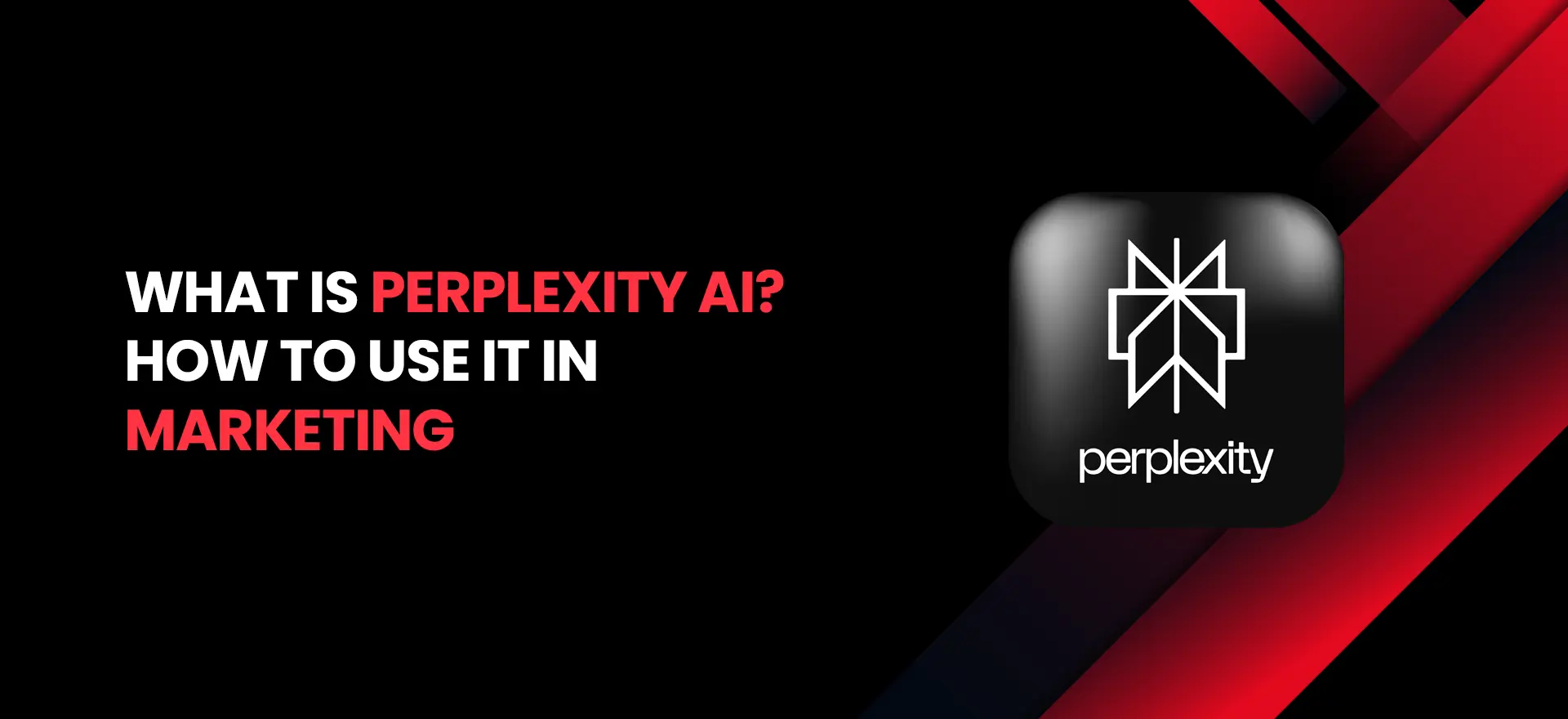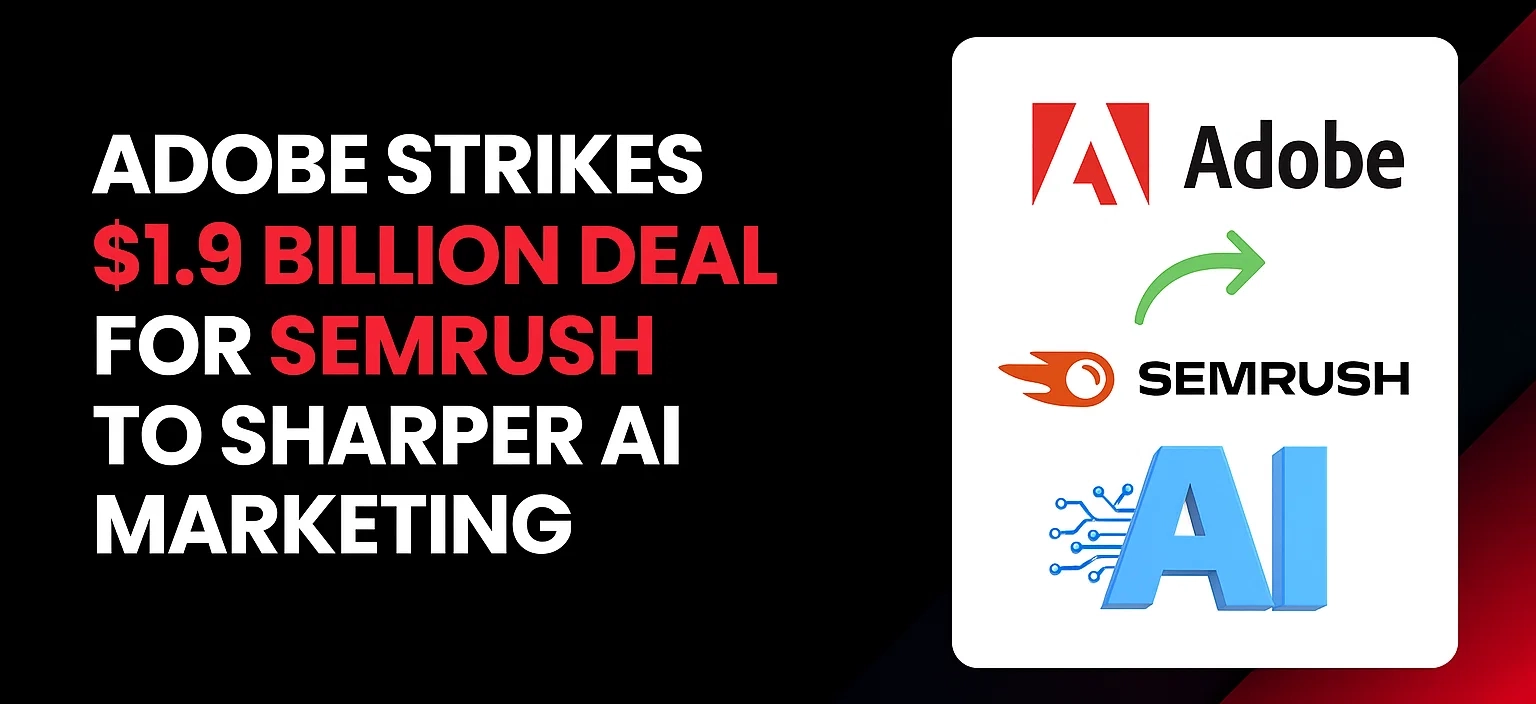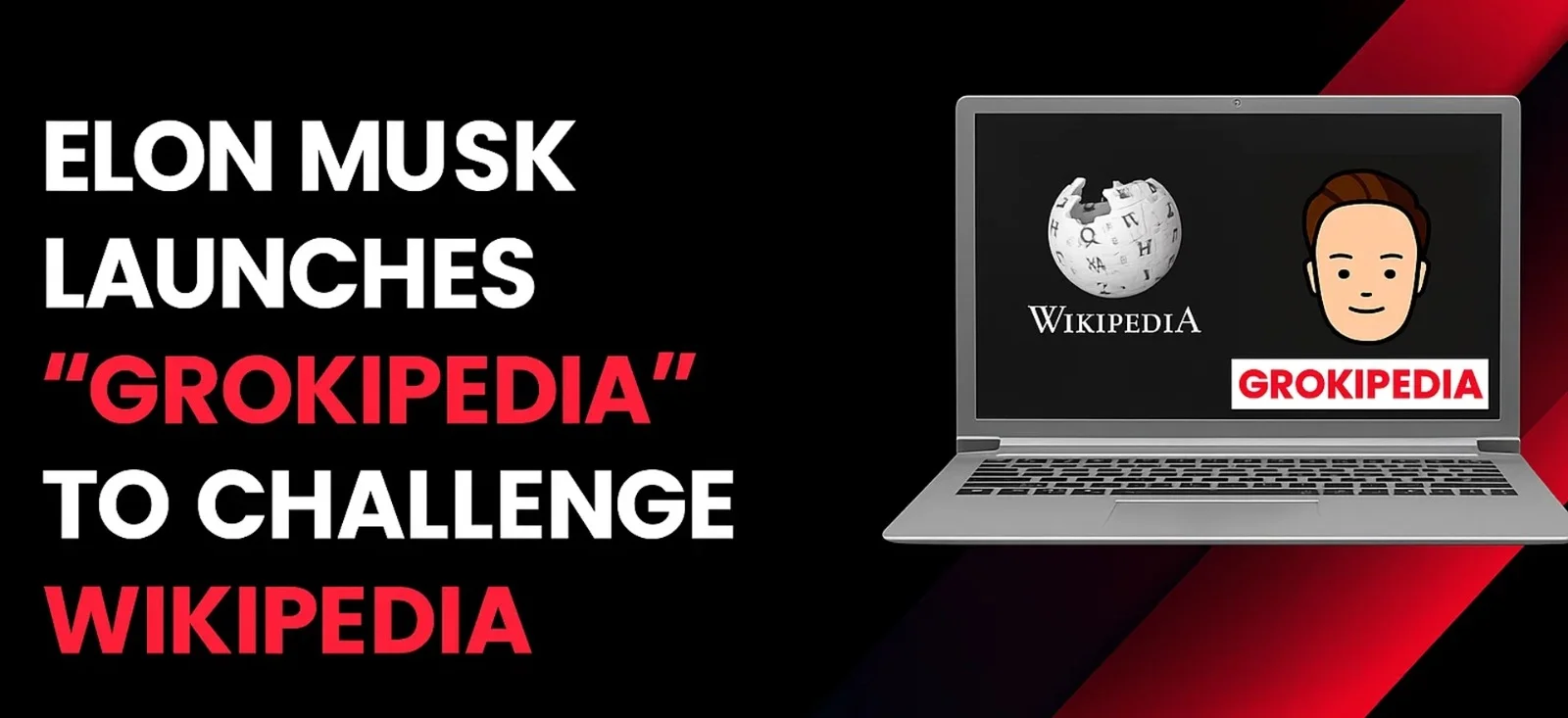Generative AI peaked when the internet got introduced to Perplexity AI in December 2022. Around 88% of marketers use AI in one way or another in their daily routine. The most common ways of using generative AI includes content creation, data and insight analysis, and faster decision-making. Perplexity AI is somewhat like ChatGPT — but smarter. You can use it as a search engine and as AI tools for marketers. But, how can you use it to create AI-powered marketing strategies? Let’s find out!
What Is Perplexity AI?
Perplexity is an AI-powered answer engine that provides direct, cited answers to any question. It does not work like traditional search engines that only fetch links; Perplexity uses advanced AI to generate comprehensive responses with the links to the original source. It also enables your users to cross-check the information and explore related topics.
The greatest superpower of Perplexity AI is that it links to the original citations which was considered a “breath of fresh air” as generative AI is well-known for “hallucinations” or more generally known as a made-up answer.
Now — the question arises: “how can you use generative AI to enhance your marketing strategies?”
How To Use Perplexity AI?
Marketing has evolved over the years to an extent that running TV advertisements now appear to be a vintage marketing strategy. To cope up with this rapidly-changing marketing landscape, marketers have to resort to automation, AI, and an increased focus on personalization and providing value to the users.
You need new information every single day. There was a time when creating a marketing strategy and campaign was a month-long affair — and today you have to create a campaign within the span of hours.
Using Perplexity AI for marketing helps marketers to conduct in-depth analysis, competitive research, and improve the sales processes effectively. With the help of Perplexity AI, marketers are able to capture the competitive momentum.
How Perplexity AI Helps In Marketing?
One of the benefits of Perplexity AI is that it offers two different types of answers, including:
- Quick Search for more rapid, conversational answers
- Pro Search for more in-depth, tailored responses
Segmentation
Many brands use outdated buyer personas and a fixed set of demographics. Perplexity AI features can help marketers create a fresh set of data processing the live web signals and real-time trends, allowing you to optimize audience profiles.
For example: you can put the services your brand offers and your goals and ask Perplexity AI to generate an extensive list of potential customers segments considering different dimensions.
You don’t have to trust this data blindly — but you can still use it to seek help and add to your personas and demographics the missing parts.
Real-time Content Ideas
Perplexity AI for marketing can help in identifying emerging trends as well as topics that resonate with your target audience. It analyzes thousands, if not millions, of data sets online — from social media conversations to search patterns to suggest content ideas that carry potential or whatever strategies your competitors are deploying to gain traction on the internet.
For example, if you are working as a digital marketing company — you can use Perplexity AI to identify emerging trends among the Gen Z consumers. If you enter a proper prompt, you will get a complete overview of all the rising trends, supported by proper context and data.
Advanced SEO Optimization
Search engine optimization solutions has evolved more than anything in the past decade. With Google dropping new updates every few days, it has become increasingly hard to keep up with the new regulations.
Perplexity AI provides marketers great solutions which stretches beyond the simple reports of keyword volumes. It offers:
- A brief analysis of the user search intent
- Identification of groups of related keywords
- Identification of questions your users have been asking all over the internet
Along with a proper report, it also provides specific recommendations to improve the existing or new content so that it performs better on the search engine. This analysis includes:
- Proper guidelines for headings, subheadings, and content organization
- Content sections that could be optimized for placement in the featured snippet section
- Additional content suggestions to create more compelling content than your competitors.
Personalized Sales Pitch
Perplexity AI may not be the best tool to use when it comes to getting creative ideas, but it does not disappoint. You can put a comprehensive prompt for the LLM model to generate a sales pitch that is structured to address the requirements of the sales businesses and professionals.
It can come up with a hook, state the problem, and mention the solution along with the payoff to improve efficiency and streamline your workflow.
Using Perplexity AI helps marketers to:
- Understand customer needs and pain points, effective for tailor messaging
- Quickly gather insignia including prospect’s company, industry trends, and customer pain points
- Source trustworthy information
Strengthened Customer Relationships
Using Perplexity AI to strengthen your relationship with your customers may be the most underrated feature of this tool. With the help of this tool, you can tweak your marketing campaigns by using the tool to power your chatbots with accurate, well-sourced information, and allow it to provide instant answers to every question.
You can use this tool to draft the correct answers and helpful responses to use in real-time conversations. Many companies, including Statista, Chainalysis, Siena AI, Komodo Health, etc are known to use Perplexity for different purposes — not just limited to customer support.
Increase Your Productivity With Perplexity AI
Artificial Intelligence not only helps in engineering, architecture, and construction — but it has also helped in reshaping the marketing landscape.
Using the generative AI tools and large language models such as Perplexity AI save time on research that would have taken years and a lot of labor. It also ensures technical accuracy as compared to its contemporaries such as ChatGPT, Claude, and DeepSeek. With proper training and governance, it can become a great tool to use for future research and streamlining complex processes.



